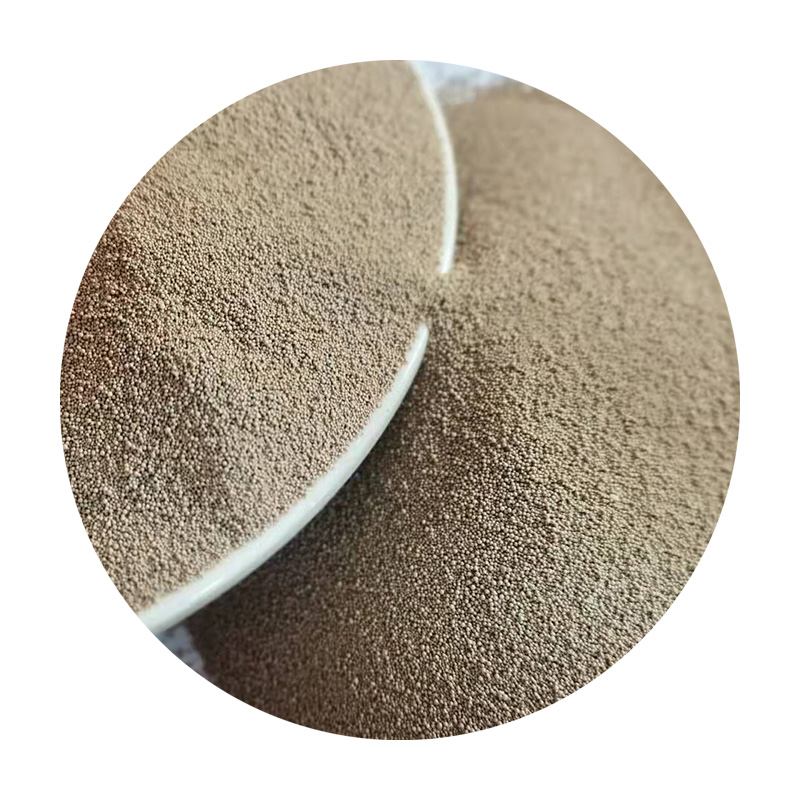Understanding the Parts of Sand Casting A Comprehensive Overview
Sand casting is a widely used metal casting process that involves pouring molten metal into a mold made from sand. Its popularity stems from its simplicity, flexibility, and cost-effectiveness, making it suitable for both small-scale and large-scale production. This article delves into the essential components of the sand casting process, providing insight into each part’s role and significance.
1. Mold
The mold is the core component of the sand casting process. It consists of two halves, known as the cope (the upper part) and the drag (the lower part), which together form the cavity that shapes the final product. Molds can be created from various materials, but in sand casting, the primary material is a mixture of sand and a binder. The quality and properties of the mold significantly influence the surface finish and dimensional accuracy of the cast product.
2. Patterns
Patterns are replicas of the final product, usually made from metal, plastic, or wood. They are used to create the mold cavity. Patterns can be single, split, or specially designed to accommodate complex shapes. The choice of pattern depends on the complexity of the design, the type of metal being cast, and the production volume. The pattern must account for shrinkage that occurs during cooling, meaning it is often made slightly larger than the desired final product.
3. Core
Cores are additional sand structures placed within the mold to create internal cavities or features that are not possible to achieve with the mold alone. Cores are made from sand mixed with a binding agent, and they can be permanent or removed after the casting process. Cores are crucial for complex geometries, especially in components like engine blocks where internal passageways need to be formed.
4. Sand
parts of sand casting

The sand used in casting must have specific properties to produce a suitable mold. Typically, silica sand is used due to its abundance and favorable properties. It is combined with clay as a binder and water to enhance the mold's strength and integrity. The grain size, shape, and permeability of the sand affect the mold strength and the surface finish of the cast. Proper sand preparation is crucial, as it can significantly impact the quality of the final product.
5
. Pouring SystemThe pouring system consists of the sprue, runner, and gates, through which molten metal flows into the mold. The sprue is a vertical channel through which the metal is initially poured. It leads to the runner, a horizontal channel that directs the metal to the gates—the openings that allow the metal to enter the mold cavity. Designing the pouring system expertly is essential for ensuring that the molten metal flows smoothly and fills the mold without defects.
6. Ventilation System
An effective ventilation system is necessary to allow gases and air trapped in the mold to escape as the molten metal fills it. Poor ventilation can lead to defects such as sand inclusions or surface blowholes in the final product. Vents, typically small channels or holes, are positioned in strategic locations in the mold to facilitate this gas escape, ensuring a high-quality casting.
7. Finishing Operations
Once the casting has cooled and solidified, it is removed from the mold, which may involve breaking the mold material. The casting will often require additional finishing operations, such as removing excess material (trimming), surface grinding, or applying coatings. Finishing ensures that the final product meets the required specifications for both aesthetics and functionality.
Conclusion
In conclusion, the parts of sand casting, including molds, patterns, cores, sand, pouring systems, ventilation systems, and finishing operations, each play a vital role in producing high-quality castings. Understanding these components is essential for anyone involved in the manufacturing and engineering fields, as it allows for the optimization of production processes and the improvement of product quality. Sand casting remains a cornerstone of metalworking, continuing to evolve with advancements in technology and materials. Its versatility and effectiveness ensure it will remain a key process for years to come.
Post time:paź . 07, 2024 07:27
Next:sand used in foundry
